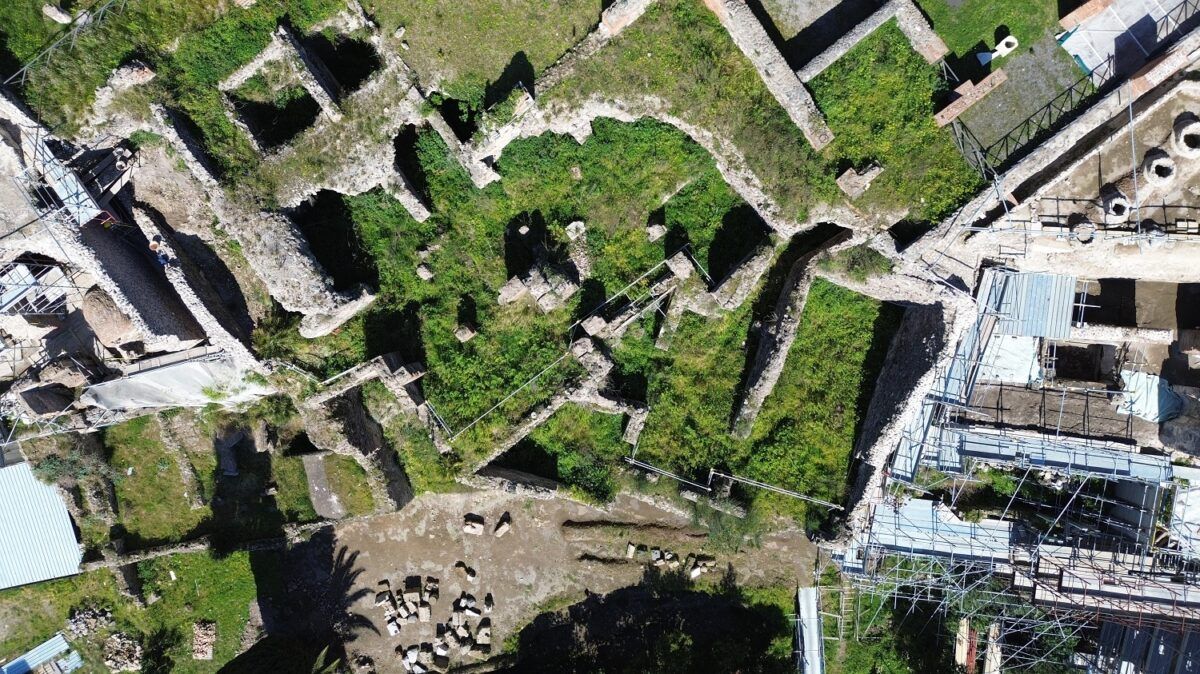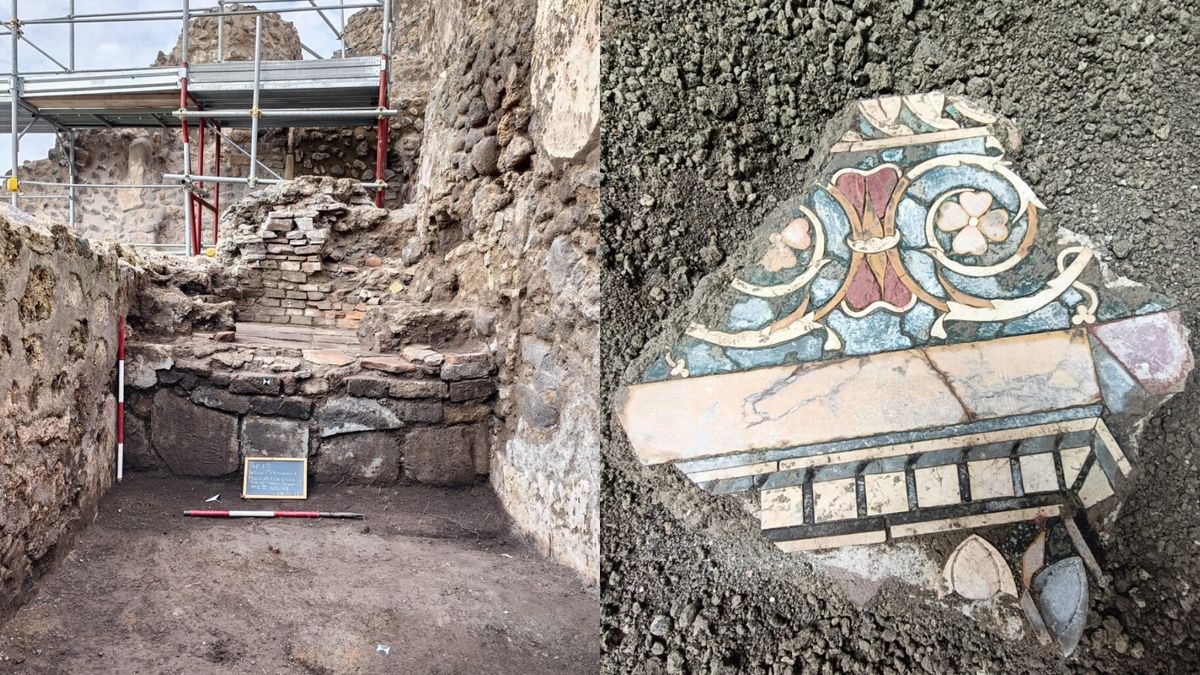Follow us on Google News (click on ☆)
Archaeologists have uncovered evidence of Pompeii's reoccupation long after the fatal eruption. These makeshift inhabitants settled in the upper floors of buildings, with ground floors still buried under ash. They transformed these spaces into storage areas, even installing hearths and mills.

Traces of reoccupation were found in the Insula Meridionalis, attesting to life after the eruption.
Credit: Archaeological Park of Pompeii
This reoccupation was not organized but rather the work of impoverished individuals or those seeking resources. Pompeii thus became a sort of makeshift camp among the ruins of the ancient city. Researchers estimate this situation persisted until the 5th century, though the reasons for the final abandonment remain unclear.
Excavations in the Insula Meridionalis have documented these little-known phases of Pompeii's history. Unlike previous digs, which primarily aimed to uncover the oldest layers, this work focused on more recent traces, often overlooked.

Post-eruption inhabitants used the upper floors of buildings as living spaces.
Credit: Archaeological Park of Pompeii
The population of Pompeii and Herculaneum before the eruption is estimated at around 25,000 people. The exact number of survivors and those who returned remains unknown. Some clues suggest another eruption in 472 AD may have finally emptied the city of its last inhabitants.